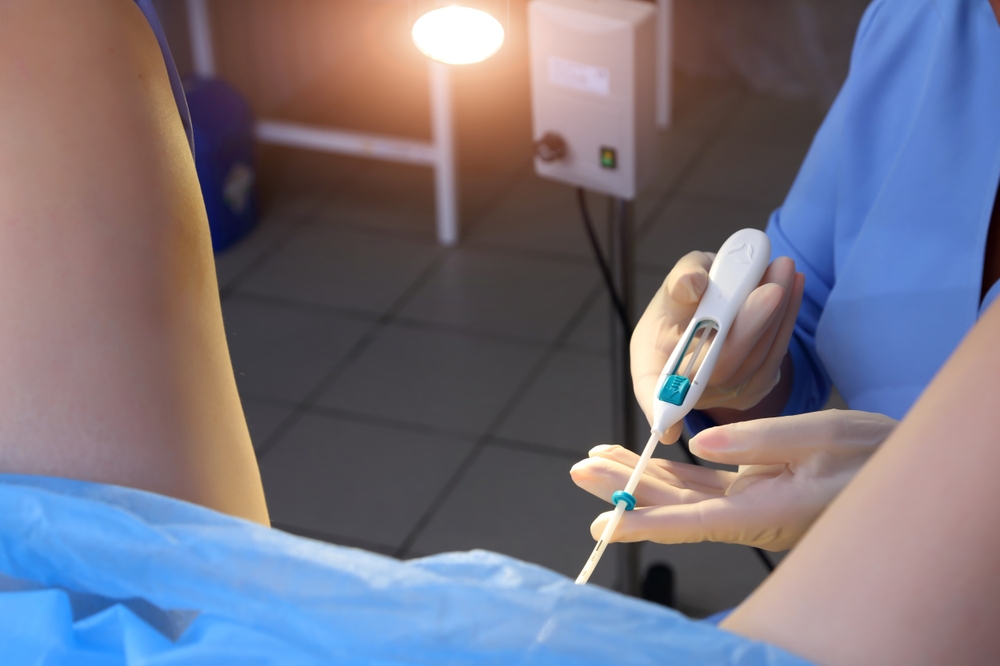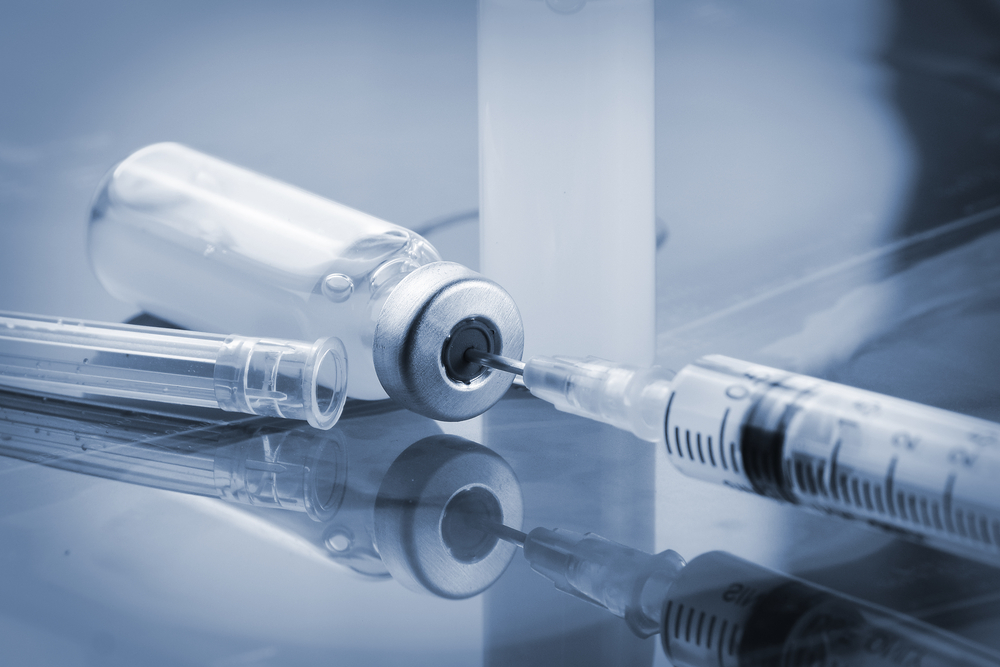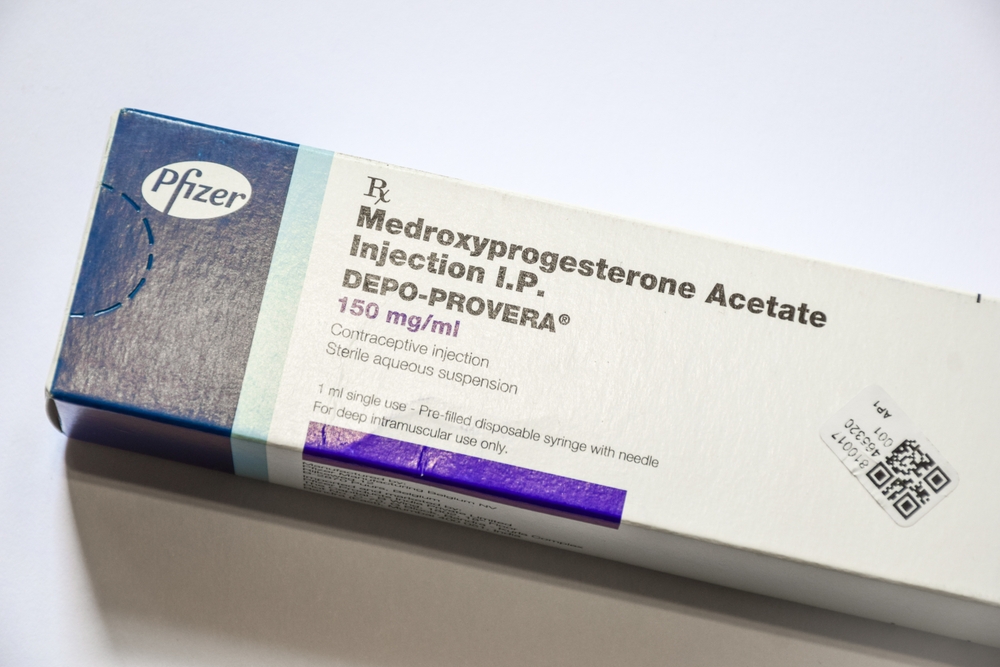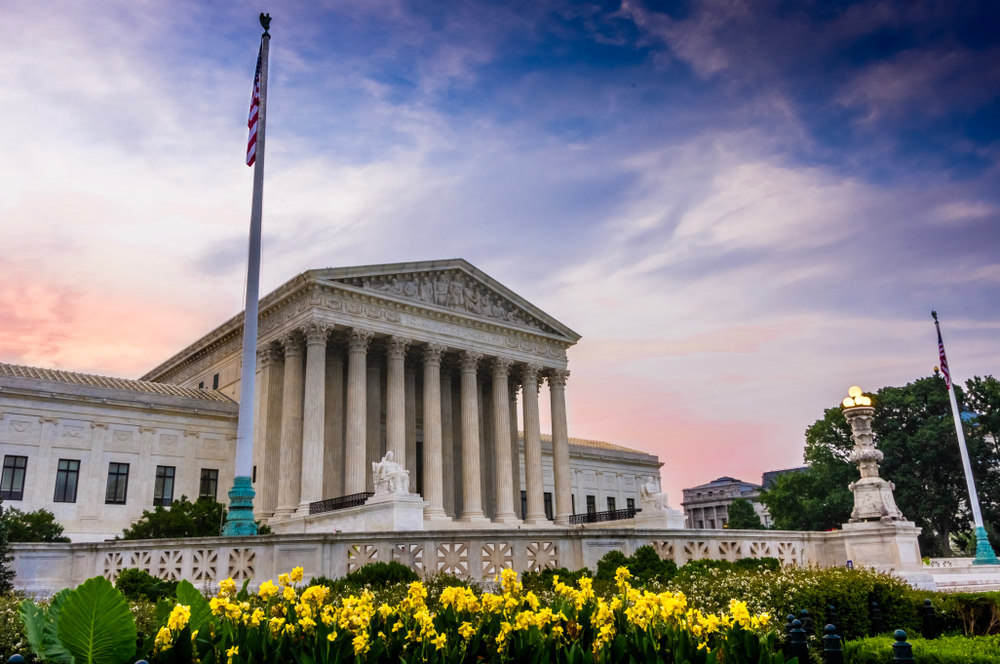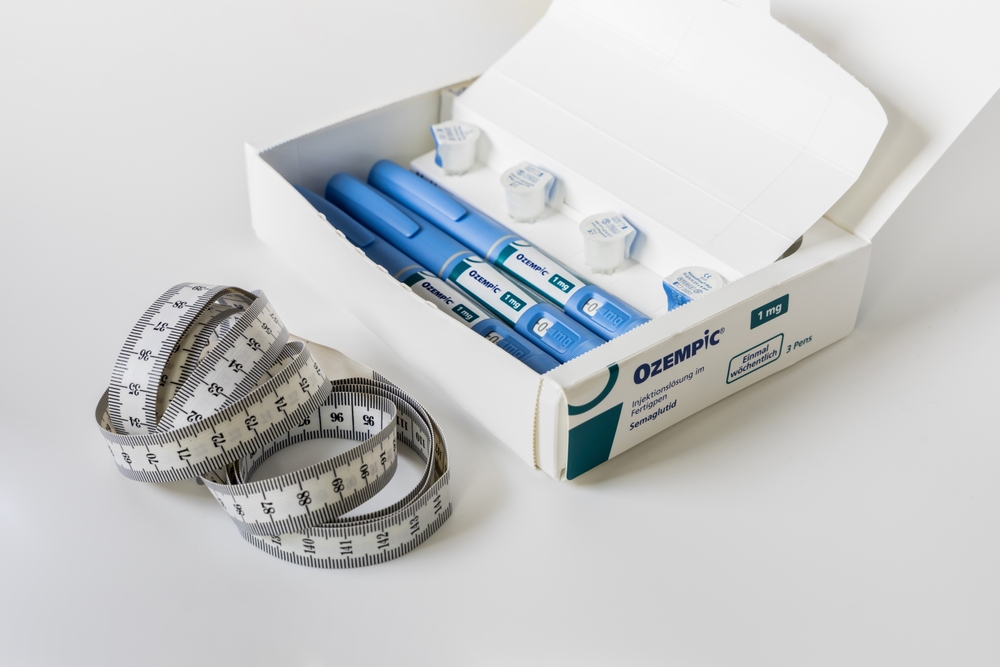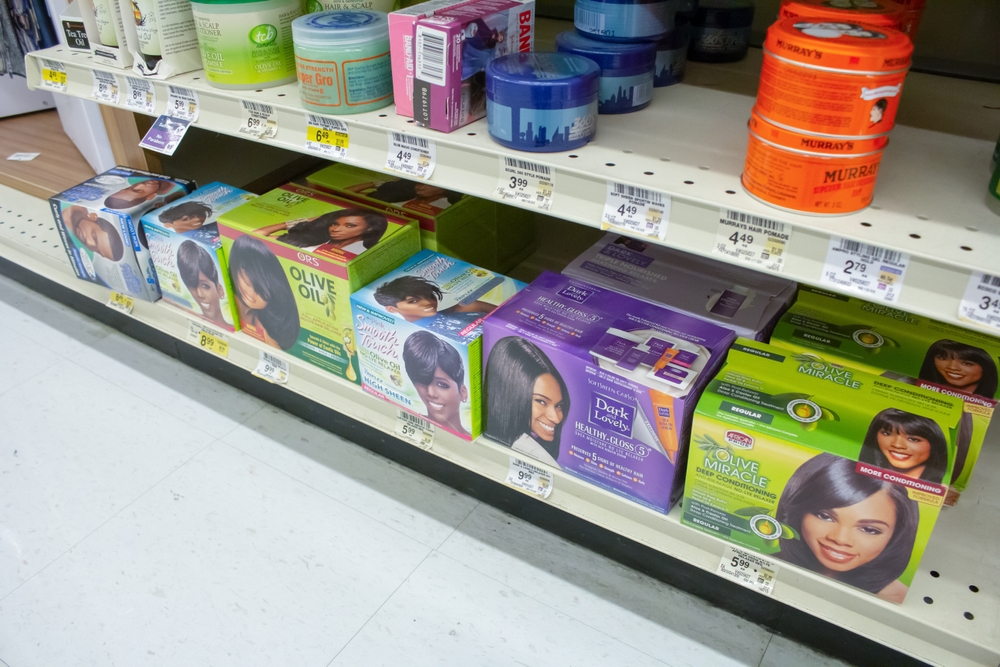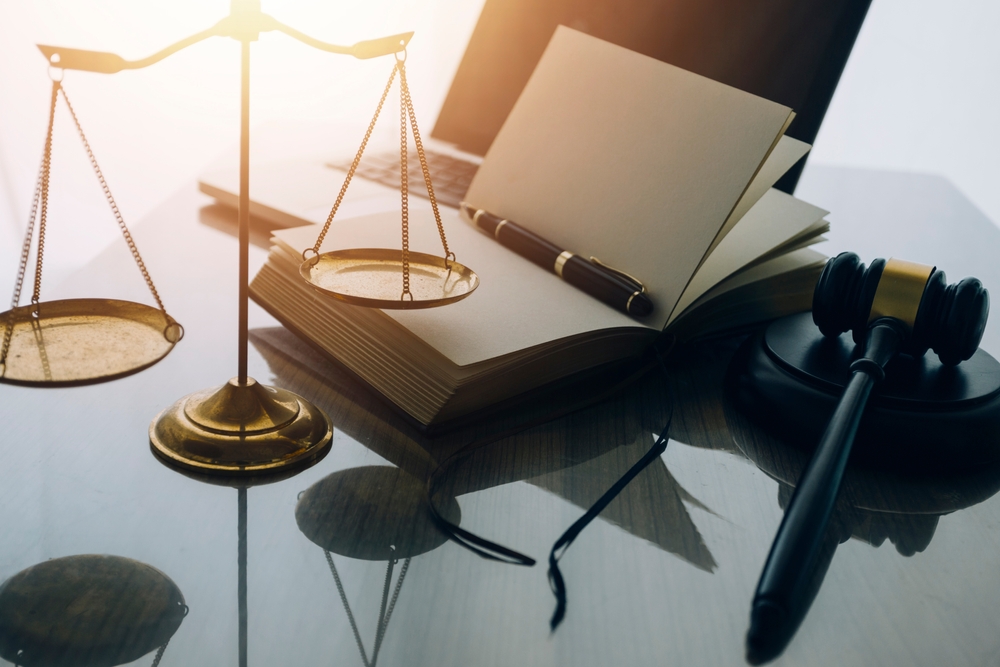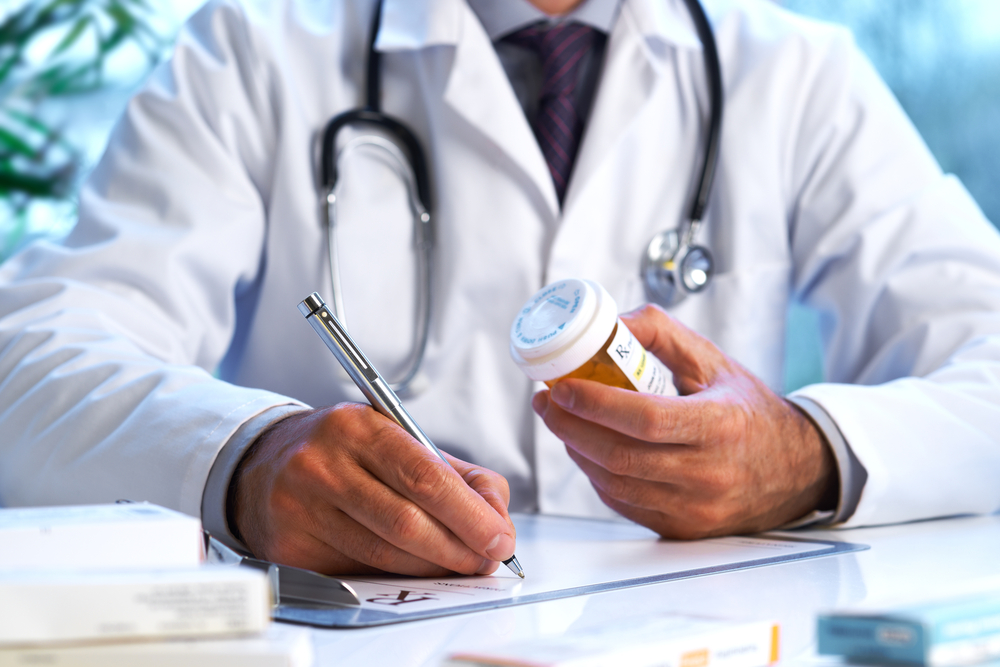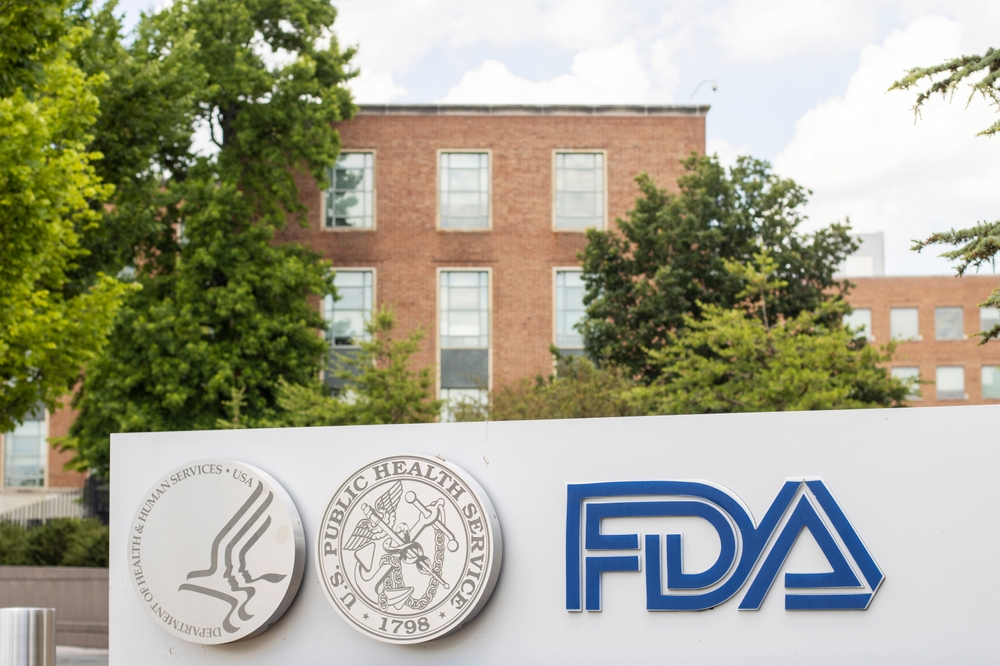Product Recalls Increased in 2022
In July 2021, a company in Wisconsin announced a recall of their portable generators after safety concerns, including serious finger injuries to users, came to light.
The company, Generac Power Systems, reported that the recall was necessary due to the handle used on some of the generators. The handle could pin a person’s finger against the generator frame.
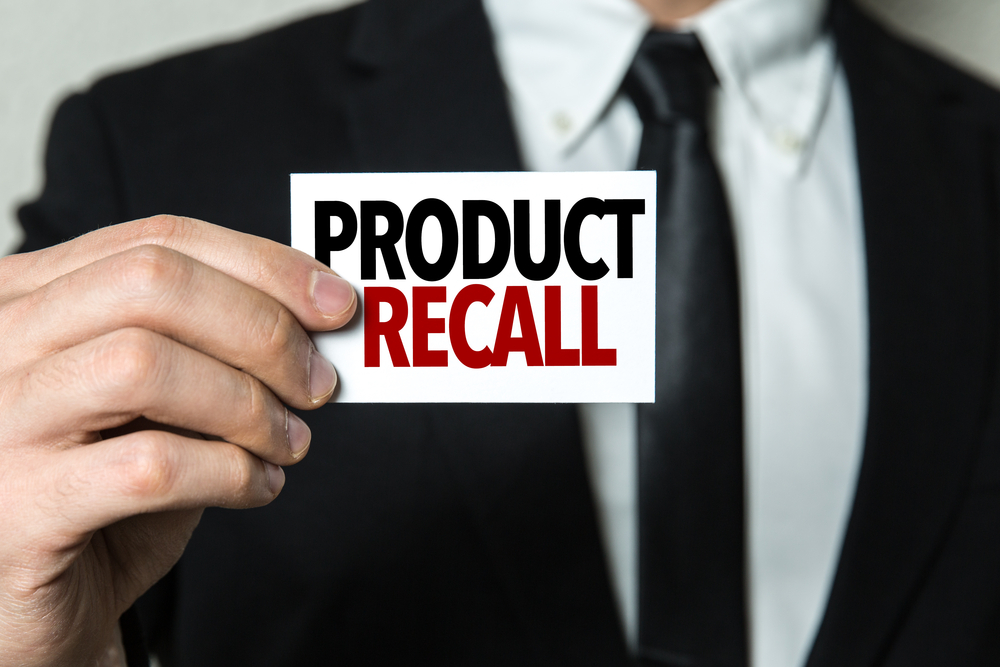
At the time of the recall, seven injuries resulting in finger amputations had been reported.
However, the original recall of the Generac portable generators did not prevent consumers from getting hurt. By November 2022, sixteen months after the recall, Generac reported that the company had received a total of 37 reports of injuries, including an additional 15 amputations.
According to an analysis of 2022 Consumer Product Safety Commission (CPSC) data by the U.S. Public Interest Research Group (PIRG) Education Fund, the failure of the Generac recall to halt the dangers was not unusual. Instead, PIRG has determined that despite companies recalling faulty products, the products often stay in use – long after the original recall.
At the same time, the number of recalls in the U.S. is increasing. PIRG found that in 2022, there was a 33 percent rise in recall announcements.
The agency believes that regulators, lawmakers and manufacturers must look at why some unsafe products don’t get recalled sooner and why consumers continue to use dangerous products after a recall.
Far From a Perfect System
Teresa Murray is the author of the U.S. PIRG Education Fund report Safe At Home?, and she urges people to recognize the shortcomings of the U.S. government’s recall process. Sometimes it takes months, and in some cases, years for a dangerous product to get recalled, and it is not unusual for a consumer to get injured by a product that was “…recalled a long time ago, but they may not have heard about the recall,” Murray explained.
A major reason Americans are experiencing issues with recalls is due to a regulation known as Section 6(b) within the CPSC. It disallows the commission to alert the public of a product’s hazard until it gives the manufacturer at least 15 days to comment. The initial recall process can take 30-60 days. The system appears to be supporting the manufacturer with the dangerous product more than the American consumer.
In 2021, two members of Congress began voicing frustration over the provision, encouraging it to be struck down. Sen. Richard Blumenthal, D-Conn., and Reps. Jan Schakowsky and Bobby L. Rush of Illinois introduced the Sunshine in Product Safety Act to remove the law. More recently, Alex Hoehn-Saric, the chair of the Consumer Product Saftey Commission, issued a statement calling for an update of Section 6(b), saying a rewrite was “…long overdue as our current rules, which are more restrictive than the statute requires, were adopted almost forty years ago, and have remained essentially unchanged since that time.”
Better Distribution of Product Recall Information Is Needed
Even if Hoehn-Saric sees disclosure restrictions loosened, consumers still will contend with other long-standing issues, including communication between the manufacturer and the consumer. While major recalls involving well-known companies are publicized on nightly newscasts or in newspapers, other recalls of lesser-known, everyday products can easily go unnoticed by people who own them and who may not be paying attention to matters such as recalls.
And then there’s the issue of consumers purchasing products from sellers who sell them after being recalled. It is illegal for traditional merchants and resellers such as thrift stores, consignment shops, and individuals holding yard sales and flea markets to sell recalled products (as well as manufacturers in other countries, who do not have to follow the U.S. government’s regulations).
However, while better legal protections for consumers are warranted, when it comes down to it, it is up to individuals to be their own best protectors. According to the PIRG report, “Last year, a product recall was announced every 30 hours on average. The problem isn’t the number of recalls – it’s that the products aren’t safe to begin with. Improving product safety is the overall goal.”
So what can consumers do to find safe products and navigate the product recall system? Here are some tips:
- Keep an eye on online product recall webites, including recalls.gov, a website that has information from several consumer protection agencies, as well as the CPSC’s recalls website.
- Make sure to always register your product with the company it is purchased from in case the company needs to contact you due to an issue or a recall.
- Use even more caution when buying products shipped from overseas or websites that seem unsophisticated or give you pause. Unethical sellers may peddle all sorts of previously recalled or unsafe merchandise.
- If you experience an issue with a product and want to warn other consumers and report it to regulators, you can file a report at saferproducts.gov.
- If you have suffered an injury from a recalled product, such as a Philips CPAP device or artificial tears product, you should consider taking legal action. While understanding the ins and outs of product recalls and handling a product liability claim may seem daunting, an experienced personal injury lawyer could offer the guidance you need.








